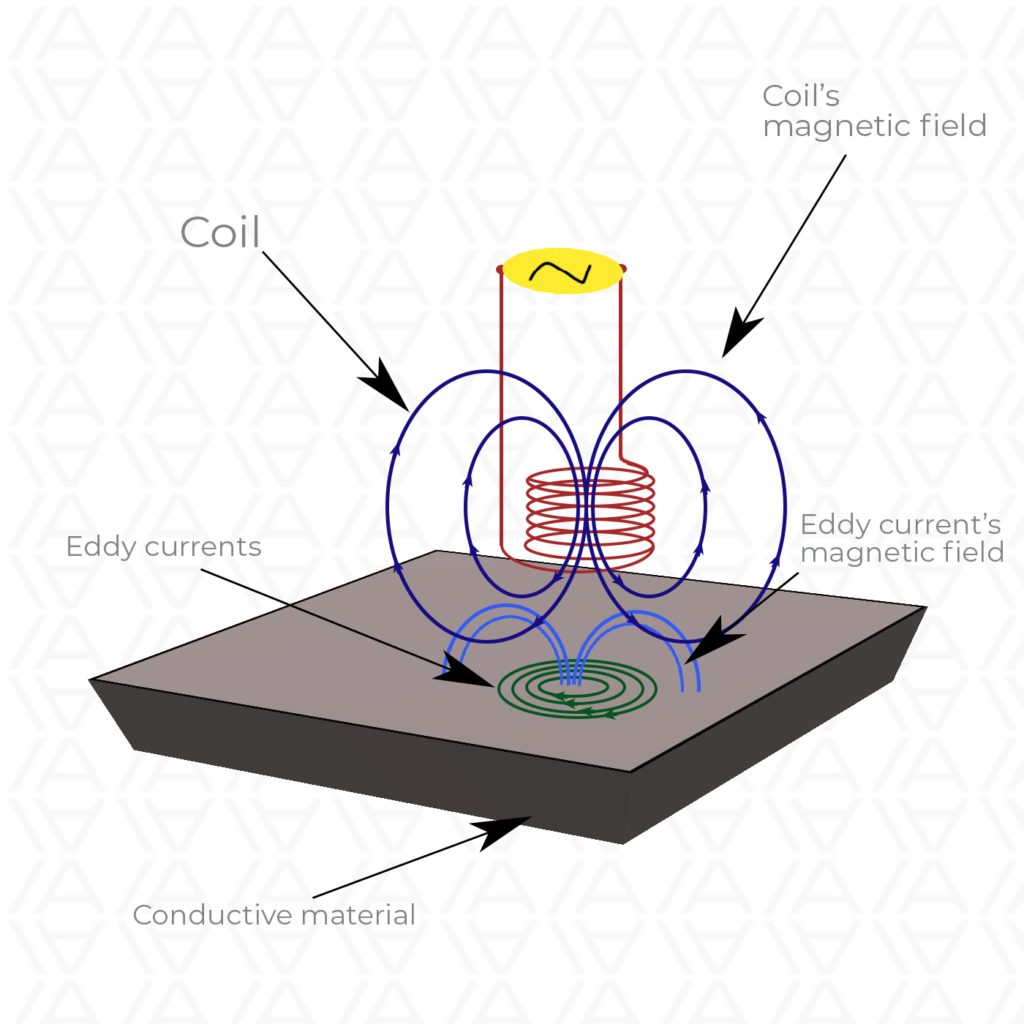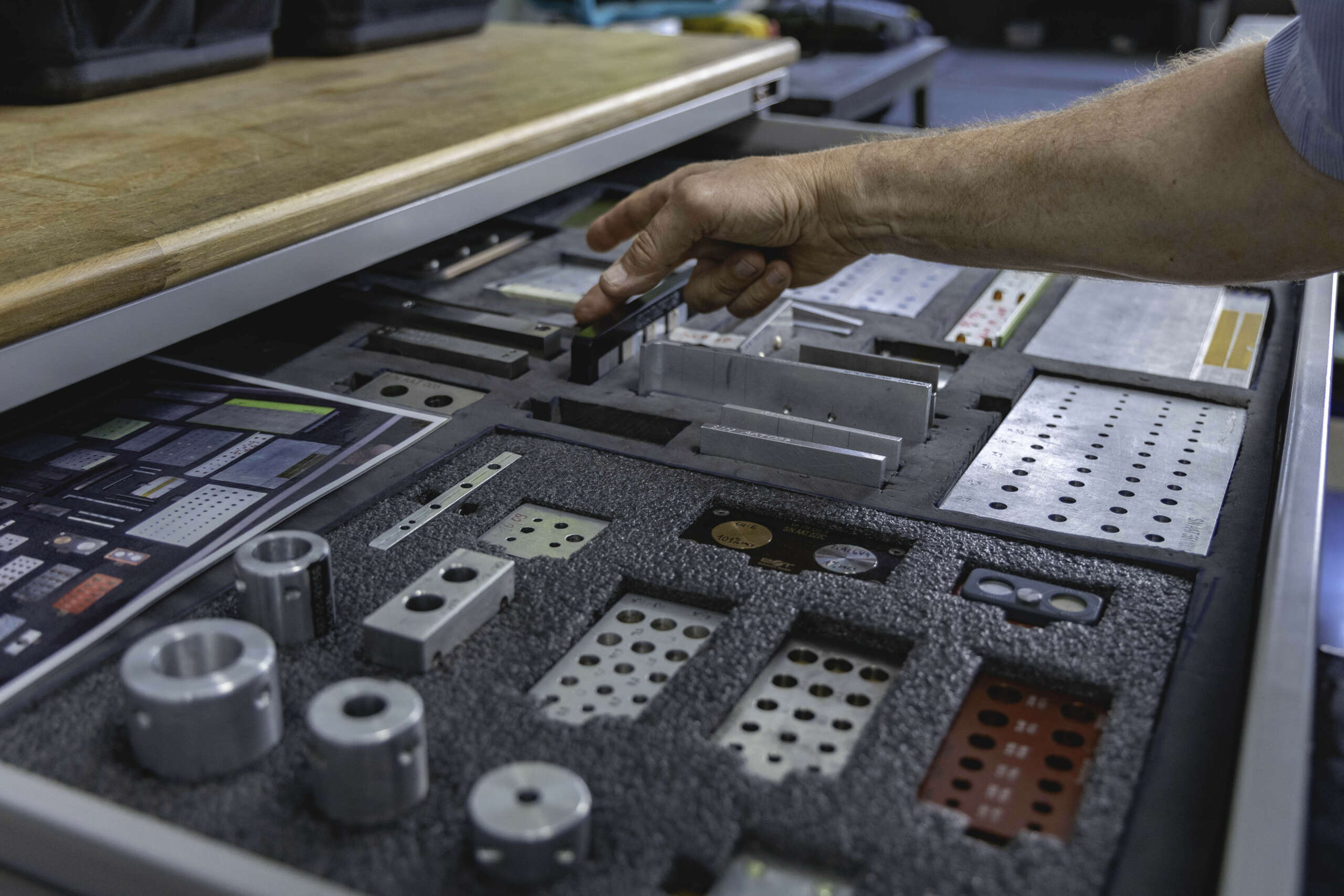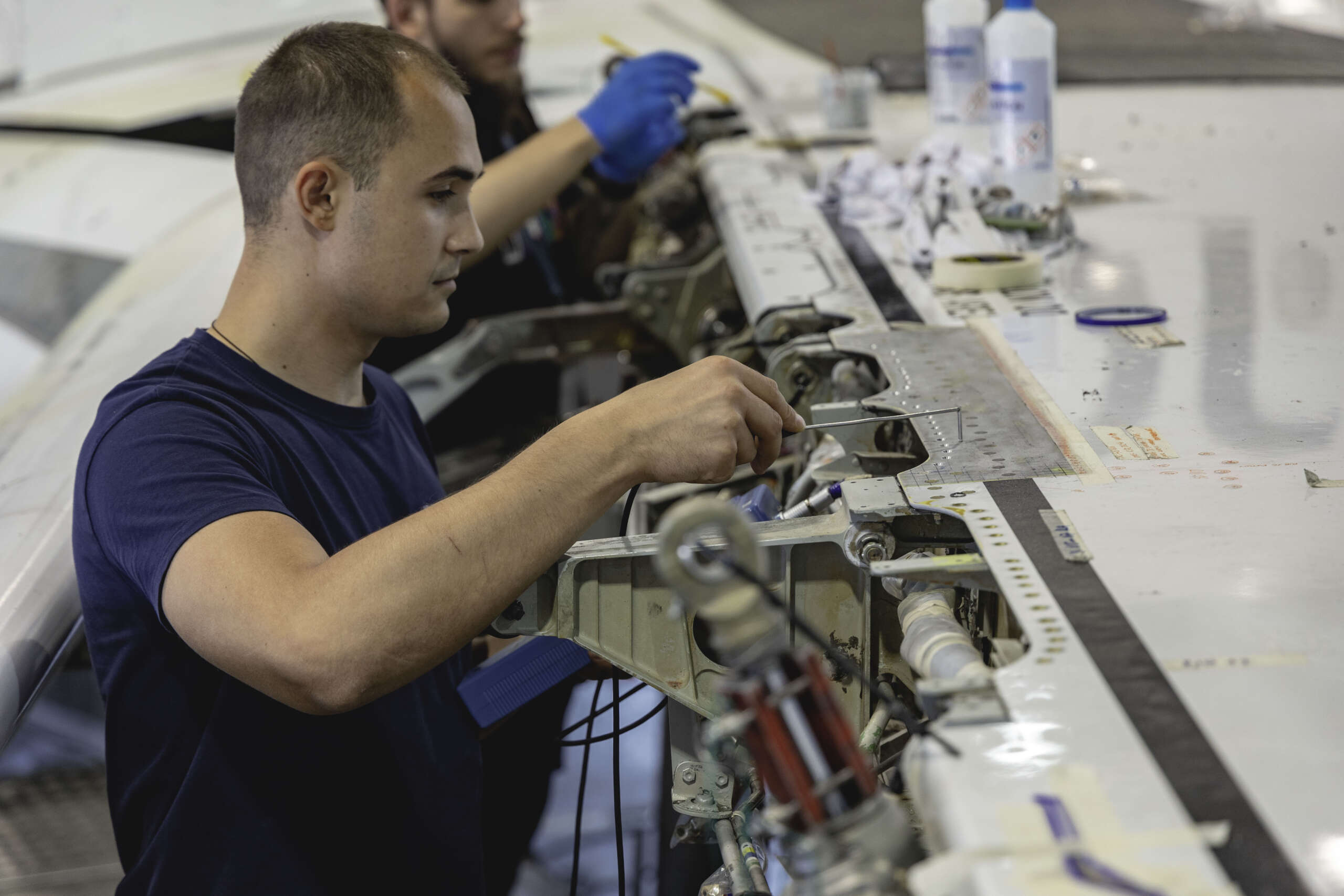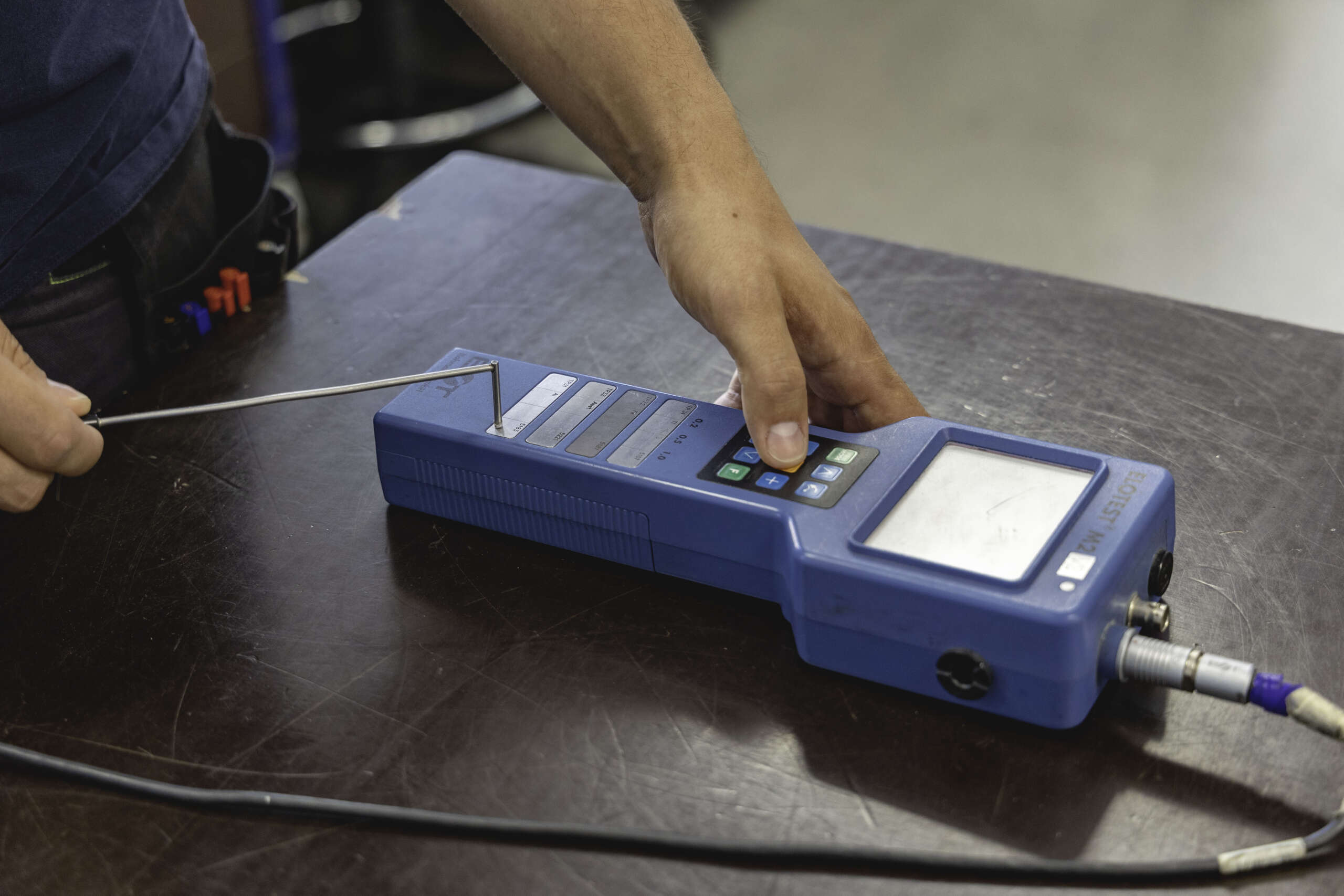Can you imagine inspecting the surface of an aircraft on the basis of visual inspection only? It would be very unreliable and dangerous these days. Fortunately, today we have non-destructive testing methods at our disposal so we can detect any cracks or flaws on the aircraft skin and not only there! We talk to Aircraft Maintenance Manager – an experienced NDT inspector from Adria Tehnika by Avia Prime – Brane Burgar, who reveals the ins and outs of NDT aircraft testing techniques.
NDT in aviation. What kind of NDT methods do we need to inspect the aircraft?
To perform an inspection of the surface of an aircraft NDT is an essential step. The known methods are destructive and non-destructive. In both cases, we can determine the material properties we deal with, and what is most important – by using them, we are able to detect what is occurring with a specific material.
As we know, in aviation, only non-destructive methods are useful. At base maintenance checks, NDT inspections are carried out, which are prescribed in the aircraft maintenance system by the aircraft manufacturer. During the operational period of the aircraft, many parts are inspected several times to check if it’s free from any cracks or corrosion. We do it periodically also. We are looking for stress corrosion, cracks and other flaws. In the case of e.g. corrosion, our goal is to measure the remaining thickness of the material with UTT, perform HFEC for cracks and regard SRM to decide if does particular part is within or out of the allowable limit.
The most common and useful NDT method in aviation is eddy current testing. We use the HFEC method to find defects on the surface or just below the surface. The LFEC method is useful for finding defects in multilayer structures and slightly deeper below the surface, and EC ROTO probe inspections for the open hole crack inspections.

Of course, we have different NDT methods and techniques for different needs – MT magnetic particle inspection, UT ultrasonic testing, PT penetrant testing, TT thermographic inspection and X-ray. These are six common methods but we have also UTT ultrasonic thickness testing, ultrasonic phase array and UT resonance frequency.

What is the process if you detect any damage on the airplane?
It depends on what we detect with NDT. If it is repairable per SRM instruction, the NRC goes into the sheet metal shop and starts with the repair per instruction. When if it is more complicated, or is it not reparable per SRM or is out of allowable limits, then information goes into the engineering. They prepare the report to the producer – Airbus or Mitsubishi, at the same time customer is also informed.
Why NDT is essential for MRO and the whole aviation industry?
In the past, when the NDT method was not known, visual inspection by the human eye was the only option. Visual inspection can be done very quickly, and very easily, but it is not reliable. Of course, it all depends on the person doing the visual inspection, which is important – what is in his mind – how he thinks. If the outer surface of the aircraft has been damaged, it is possible to visually determine whether the aircraft is damaged. On the other hand, if there is damage or corrosion from the inside, we can’t conclude it by visual inspection, and here NDT is irreplaceable.
It was common that if there was some damage that was not visible to the eye, the damage would not make itself known for some time, and the aircraft would fly normally. But still – there were some forces that acted on a certain part of the aircraft – maybe for some time the damage was not critical, but as a result of these stresses, these irregularities become larger or too large and suddenly crack become very dangerous.

Nowadays NDT inspection is very important for safety. 30 years ago aircraft were heavy, and parts on old aircrafts were more massive, due to they could endure more that they could withstand more loads and longer dynamic loads. They didn’t need so many inspections. Then, however, there were hard times in the economy. After that, the fuel become more expensive, but the operators wanted to carry more people and more cargo. Because of this, they needed lighter aircraft. As NDT methods were developed, aircraft structures were consequently easier as structural checks could be carried out more frequently and more reliably.
To reduce transport costs, manufacturers got the airlines’ requests for the easiest, lighters aircraft. Those days, if they wanted to make a light aircraft with smaller, thinner parts, they had to keep in mind that if any damage happened, it would be very critical and in need of repair, even structural. For this reason, it was necessary to determine the interval and method of inspection and, in the event of a fault being found, to prescribe the method of repair.
Manufacturers have agreed to the growing needs of customers, but have set a condition – we need more inspections. The NDT methods that were invented have proven to be crucial in this type of aircraft inspection. Therefore, in recent years, almost every aircraft check has been subjected to NDT investigations. There are some critical parts on the aircraft we inspect them in repeated cycles.
How long does NDT last?
It depends on the case. Sometimes we need more time to calibrate and prepare the instruments, than for the inspection. Some inspections could take even 4 minutes only, but it could be also even 1 day or more. For example, ultrasonic inspection – when we inspected the lower surface of the upper skin at the overhang area on the wing there were working 2 persons for about 8 hours. Wings should be checked always from the root to the wing tip. The time required for NDT always depends on what kind of inspection it is and how large the area is to review.

SEE ALSO: How to implement Safety Management System into the MRO?

